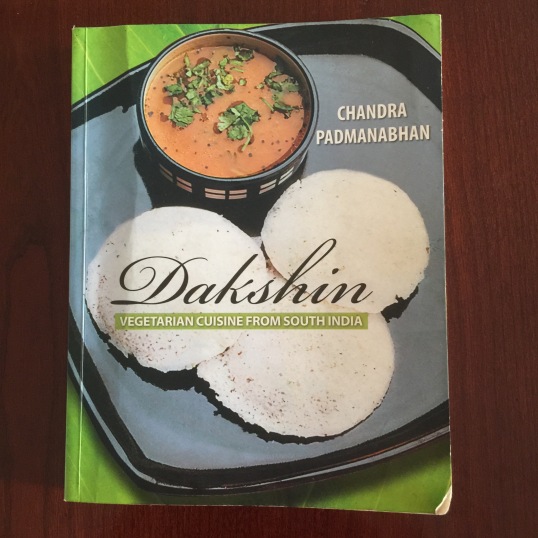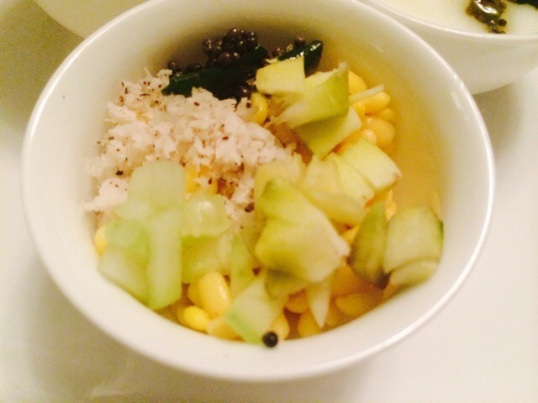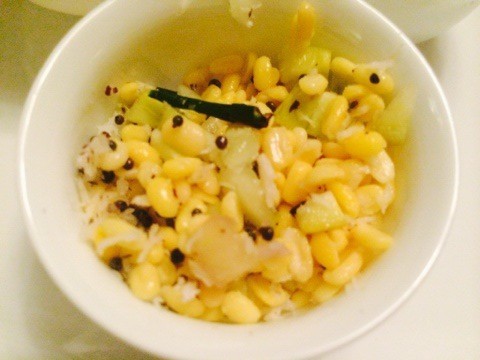Eating in the Raw — Rasam week – Pachi Pulusu (Raw Spiced Tamarind broth)

In keeping with Rasam week, I wanted to try something I had been meaning to try for ages, since I tasted it for the first time in my friend Harini’s home almost 10 years ago. This is a typical Telangana dish that Harini made for us for dinner one evening and the dish was so flavorful it stuck. Simple to make yet I somehow never got to really try it in my own kitchen until this week. This pulusu or broth is fully raw and needs no heating or boiling. It’s the tadka or popu or tempering that gives it its unique kick and flavor. The tartness of the tamarind and spice of the red chili with garlic along with a hint of jaggery and a secret ingredient to finish is what makes this dish different from any rasam/pulusu you may have tasted . Eat it with hot rice, ghee and mudda pappu or thick spiced tuvar dal and it is a combination that will live on your taste buds for a long long time.Like it did for me for over a decade:). This recipe is Harini’s contribution to Roz Ka Khana and though I’m sure it doesn’t come close to the way she or her in laws make it in their home, it hopefully is a decent first attempt. .
Ingredients for Pachi Pulusu:
Serves 4. Prep time : 15 minutes. Cooking time: 10 minutes
- Tamarind – 1 small lemon sized ball, soaked in warm water.
- Jaggery – 1/2 tsp
- Fore tempering:
- Mustard seeds- 2 tsp
- Cumin seeds (jeera) – 1 tsp
- Dry red chilies – 3-4
- Green chili – 3-4 sliced thin
- Red onion, chopped fine – 1/4
- Garlic, crushed or chopped fine – 3 small or 2 big
- Curry leaves – a sprig
- Roasted sesame seed powder – 1 tsp
- Cilantro, chopped – 1 bunch
- Cream or whole milk – 1 tsp (optional)
- Oil- 2 tsp
- Salt to taste
Method:
- Squeeze the juice from the soaked tamarind and add enough water to it to make about 2 cups. Add salt to taste and the jaggery and mix well.
- Heat oil in a small pan, when hot add the mustard seeds. When they splutter, add the jeera, red chilies and curry leaves. Add garlic, green chilies. Saute for 1 minute.
- Pour the tempering over the tamarind water. Add chopped onions and cilantro for garnish.
- Add the roasted sesame powder.
- As a final touch, add 1 tsp of cream or whole milk and give it a quick mix before you serve. (The cream compensates for the tartness of the tamarind. You can avoid this step if you don’t like the idea of adding milk to the pulusu or are vegan).
Serve with rice, ghee and pappu (yellow tuvar dal tempered with mustard seeds, jeera and curry leaves). It’s called “mudda pappu” as it is meant to be thick when mixed with rice so the pulusu is a runny and tangy accompaniment. According to Harini, spinach dal (paalak pappu) and moong dal spiced are also great accompaniments for pachi pulusu. Will try that next and let you know:)
Coming up next for Rasam week is Inji (Ginger) Rasam.
























































